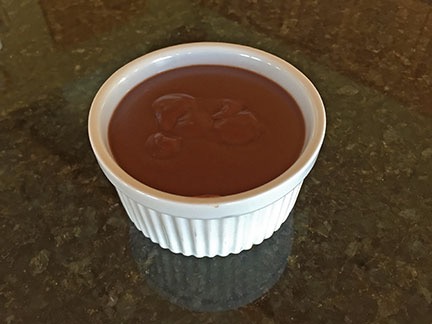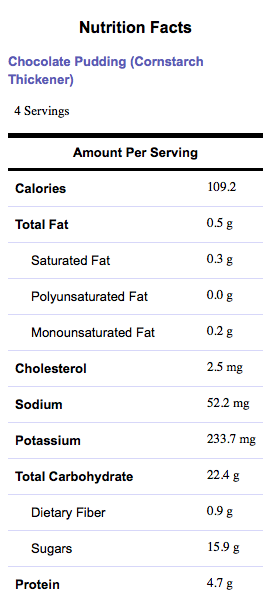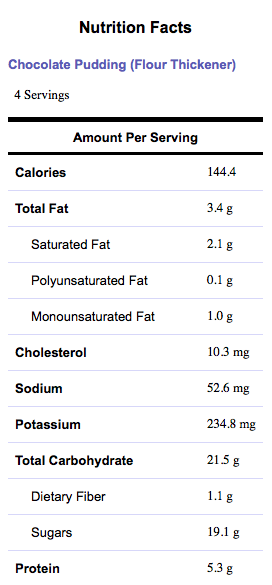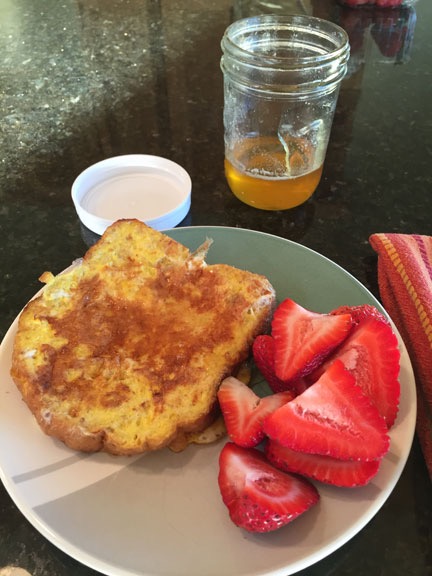More than just a good way to get rid of beer you don’t like.
There’s a restaurant in Wenatchee, near where I live, called McGlinn’s. It’s a casual dining place with a pretty big menu and lots of beer. Although it’s not one of my favorite places, it’s pretty popular with most of the locals and I’ll usually say yes if one of my friends suggest it.
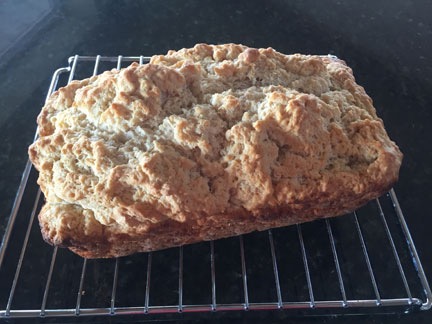
A recent loaf of beer bread, cooling on a wire rack.
One of the things on their menu is beer bread. A fellow pilot from Utah was raving about it when I spoke to him and I’ve had it. But I told him what I thought: my beer bread was better.
I got a chance to prove it last week. He hosted a steak cookout at his cherry drying base for all the pilots working with me this summer. I promised to bring along a fresh loaf of my beer bread and didn’t disappoint. He agreed that it was great — but I can’t recall whether he admitted it was better than McGlinn’s.
Anyway, here’s the recipe:
Ingredients:
- 3 cups self-rising flour
- 1/4 cups sugar
- 1 tsp caraway seeds (optional)
- 1 12-oz bottle of beer or ale*
- 1/4 cup melted butter or margarine
* A note about the beer. I usually use whatever I have around that I don’t like to drink — which is pretty much any beer. These days, with friends stopping by all the time, I have a lot of different beer around. I’ve been making this bread with Coors Light leftover from a party, which no one seems to like. I don’t really like it as much as when it’s made with a darker brew. Guinness is probably my favorite for this. I tried Pyramid IPA the other day and it wasn’t bad.
Instructions:
- Preheat oven to 350°F.
- Butter (or grease) a large loaf pan.
- In a large bowl, mix together all dry ingredients. I usually skip the caraway seeds because (1) I don’t like them and (2) I seldom have them around.
- While stirring, add the beer. The batter should be very thick.
- Spoon the batter into the prepared pan.
- Pour the melted butter over the batter.
- Bake until done, about 50 minutes. The crust should be golden brown and crispy.
I like to serve it hot. It also makes great french toast.

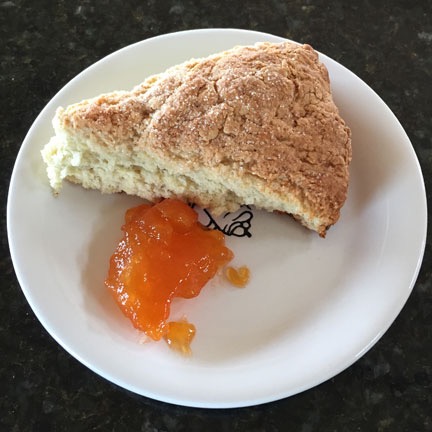
 Ingredients:
Ingredients: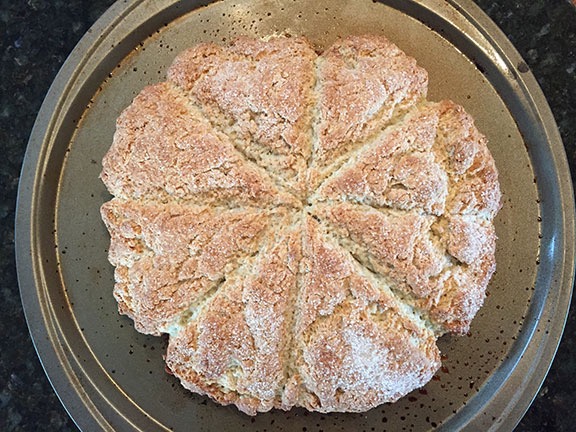
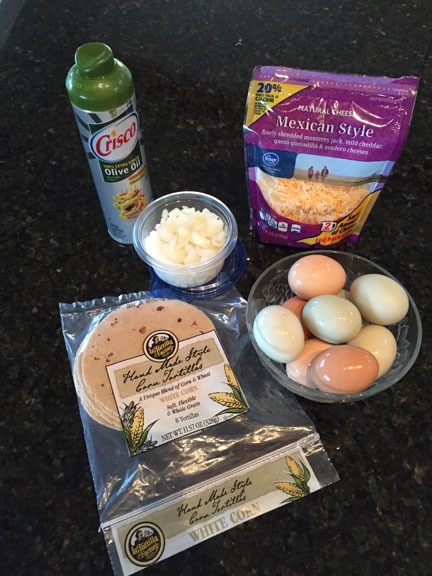 Small amount of oil or cooking spray. I usually use olive oil spray to keep the fat down a bit.
Small amount of oil or cooking spray. I usually use olive oil spray to keep the fat down a bit.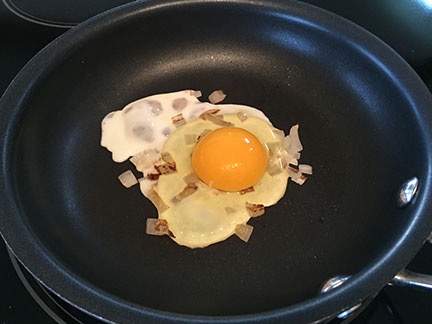 Gather the onions or scallions into the middle of the pan and drop an egg on them. You might want to use this opportunity to break the yolk so it cooks. I don’t scramble my eggs before cooking, but you could if you want to. Just make sure the egg stays together in the middle of the pan so it doesn’t get larger than the tortilla.
Gather the onions or scallions into the middle of the pan and drop an egg on them. You might want to use this opportunity to break the yolk so it cooks. I don’t scramble my eggs before cooking, but you could if you want to. Just make sure the egg stays together in the middle of the pan so it doesn’t get larger than the tortilla.